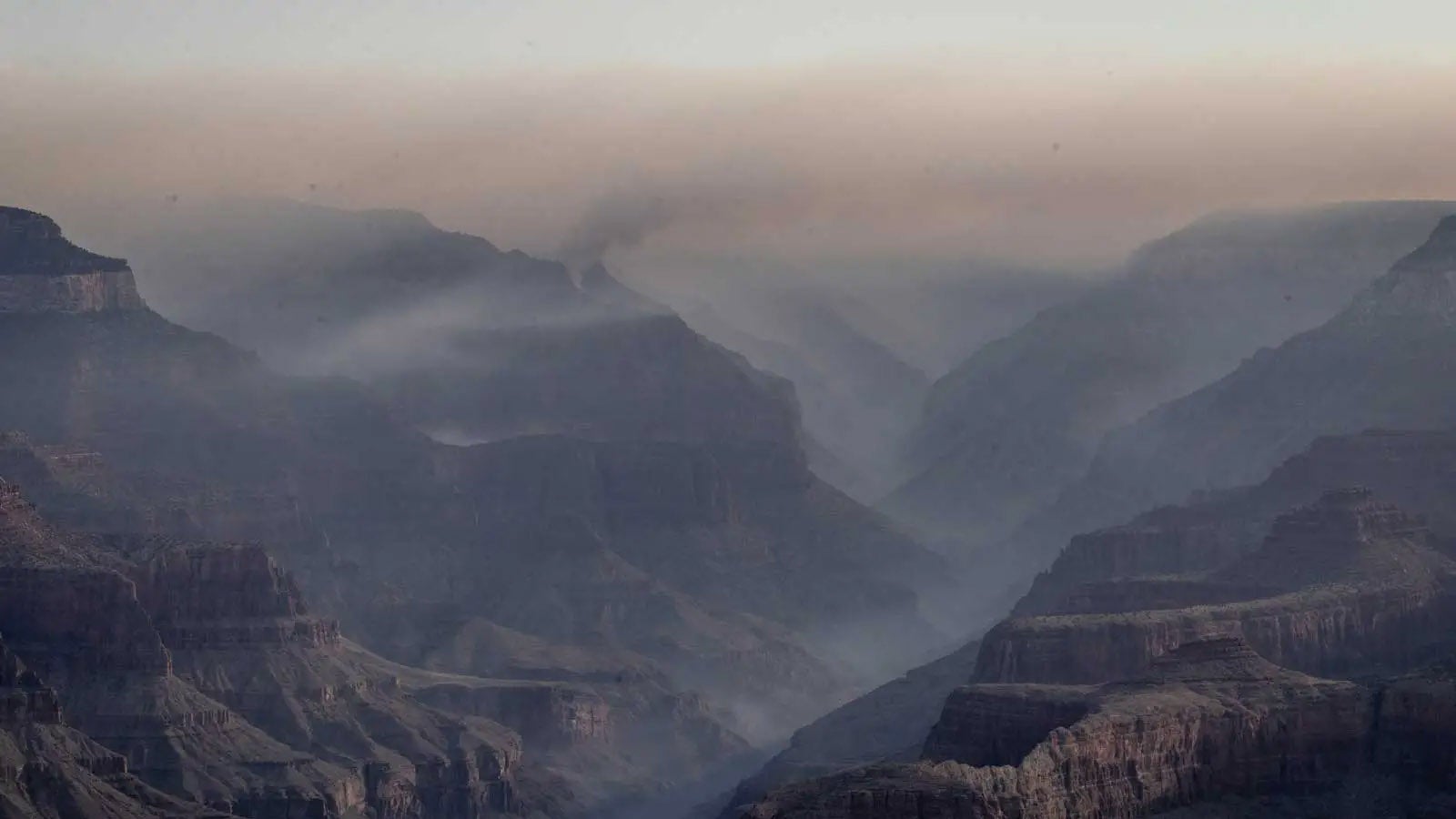| Above: Marine stratocumulus clouds in the Pacific off the coast of Mexico’s Baja Peninsula on September 12, 2018. Northwesterly winds are creating a spiraling Kármán vortex street in the clouds in the wake of Isla Guadaloupe. Image credit: NASA. |
If humanity maintains its current business-as-usual emissions path for the next 100 years, the resulting 4°C (7°F) of warming may be enough to cause highly reflective stratocumulus clouds over the subtropical and tropical oceans to disintegrate, resulting in an additional 8°C (14°F) of warming, according to research published in February. The resultant “Hothouse Earth” climate, 12°C (22°F) warmer than pre-industrial levels, would be enough to melt all ice on the planet, raise sea levels by over 200 feet over a period of centuries, and produce heat waves too hot for humans to endure outdoors for over half of Earth’s population (as currently distributed.)
The paper, from a team of California Institute of Technology scientists led by Tapio Schneider, was called Possible climate transitions from breakup of stratocumulus decks under greenhouse warming. The study used a specialized ultra-high-resolution model (50-meter grid size) that was detailed enough to resolve individual updrafts and downdrafts in stratocumulus clouds. Global climate models, with their grid sizes of ten of kilometers, cannot resolve such fine-scale processes. The new model found that when carbon dioxide concentrations increased from current levels of about 410 ppm to 1200 ppm, stratocumulus clouds over the subtropical and tropical oceans became unstable and broke up into scattered cumulus clouds.
The theorized breakup of the marine stratocumulus decks is because of a disrupted balance between heating from above and cooling at the cloud top. Because they are so bright and thick, marine stratocumulus are highly reflective clouds, sending much more energy into space than is radiated their way by the carbon dioxide that sits above them. As CO2 accumulates in the atmosphere, though, it sends more and more energy toward the top of the marine stratocumulus. Eventually, this leads to a breakdown of the fine-scale upward and downward motions that sustain the cloud deck. There is uncertainty on where this threshold lies, since it depends on how much sinking motion (subsidence) is assumed to occur in the lower atmosphere from global warming. If the assumed amount of subsidence for every 1°C rise in tropical sea surface temperature is decreased by 1% in the model, the threshold for stratocumulus cloud breakup occurs at 1400 ppm of CO2 instead of 1200 ppm.
Stratocumulus clouds lie at low-altitudes below 6000 feet, and are highly reflective. They cover about 20% of the low-latitude oceans, or 6.5% of Earth’s surface. If all of these stratocumulus clouds behaved like the chunk of atmosphere 4.8 kilometers on a side that was simulated, enough sunlight to warm the planet an additional 8°C (14°F) would result, they calculated. The last time earth was so warm was during the hottest part of the Eocene era, 50 million years ago, when tropical vegetation grew in Alaska and Greenland.
Since the real atmosphere is far more complicated than their idealized model, and the modeling was not done on a global scale, their results should be viewed as highly experimental until more research with better models is performed.
When might we see 1200 ppm of carbon dioxide?
The current business-as-usual emissions path humanity is on, called RCP8.5, has Earth’s atmosphere reaching carbon dioxide levels around 1100 ppm by the year 2100. This scenario would require the world to massively expand coal use and not make additional efforts to reduce greenhouse gases over the rest of this century, and is considered unlikely by some. However, as explained in our April 2 post, Global CO2 Emissions Hit an All-Time High in 2018; is a Hothouse Earth in our Future?, even if we manage to limit global warming to the Paris Accord target of 2.0°C above pre-industrial levels, we might cross a threshold that would set in motion amplifying feedbacks that could well push irreversibly into such a “Hothouse Earth” state over a period of centuries, taking us beyond the 1200 ppm of CO2 threshold.
The paper discussed in that post applauded the significant progress that has been made in driving the renewable energy revolution and in slowing down population growth, but emphasized that “widespread, rapid, and fundamental transformations will likely be required to reduce the risk of crossing the threshold and locking in the Hothouse Earth pathway.”
Related posts
Our April 2 post, Global CO2 Emissions Hit an All-Time High in 2018; is a Hothouse Earth in our Future?



